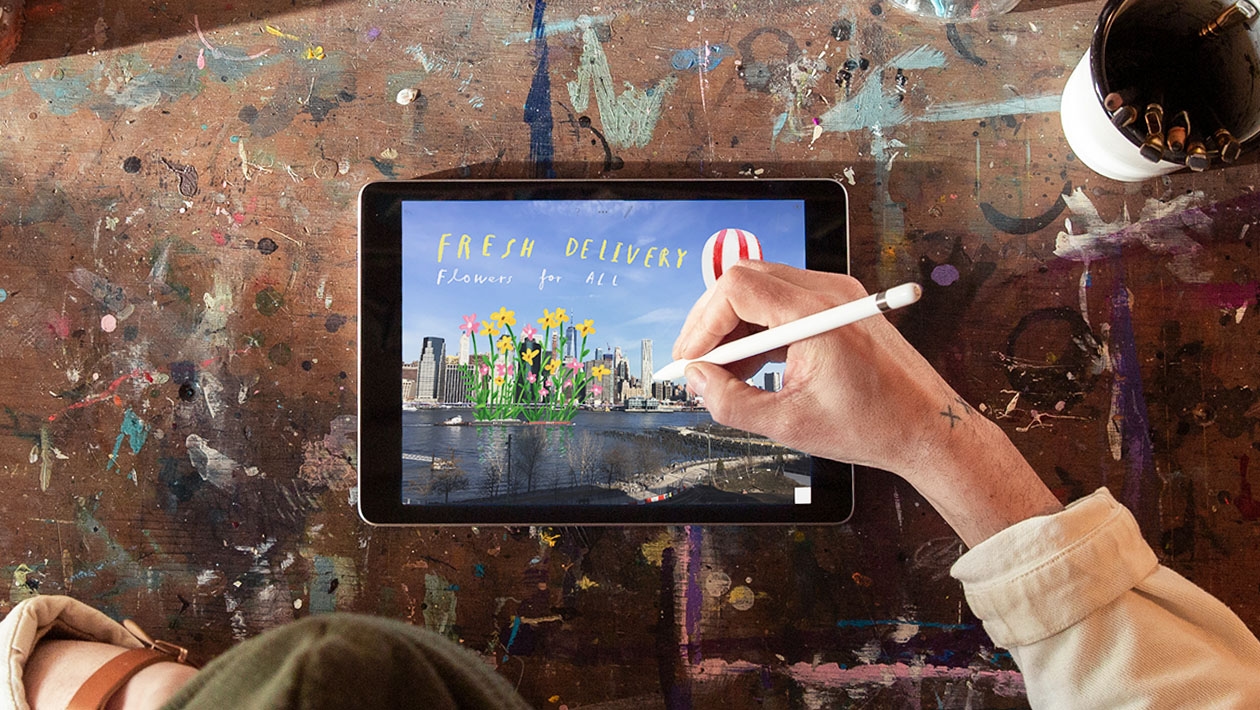According to the authors of In Search of Deeper Learning, one of the best ways to educate students is to have your students actually do the work of people in a particular field. In science, kids can create a hypothesis and test it via experiment. In math, kids can devise their own way of solving real-life problems. And in social studies, students can become historians, developing a story based on documents, images, and stories told around the kitchen tables of your town.
When looking for fun, creative social studies projects for kids, consider your local community. What is the history of your area? What issues is your community grappling with? What can your students do to create positive change in their neighborhoods?
Some of the best projects Jason Kathman and Jeff Kresge have done as middle school social studies teachers in Jamestown, NY were sprung from ideas hatched by looking at the local community.
In an effort to convey the reform efforts of the early 20th century muckrakers such as Lewis Hine, Jason and Jeff hatched a plan to have the students break up into groups and canvas the city, taking pictures of anything the kids felt needed to be improved. These images were then uploaded to a blog with brief descriptions of the concerns noted by the students and shared on social media. The student-activists quickly drew the eye of the community and ended up being asked to present their findings to the mayor and city council. The students’ work can be viewed here. If you are interested in running your own Lewis Hine project, take a look at our Apple book, “Becoming Lewis Hine.” In it, we take you through all of the steps of our student muckraking project.
Another such project started by inquiring about a photograph taken in Jamestown’s not-so-recent past. Students examined an image and postulated that the image was taken of a construction project. Again, the students published their hypothesis, only to discover they were wrong. However, by making their work public, the students took feedback from the community. Our local residents began to flood the school with photographs, oral histories, and family trees surrounding a misguided urban renewal project in the late 60s and early 70s. Each day brought new and exciting materials for the students to analyze. Through their Lost Neighborhood Project, students learned of an entire community of Italian immigrants being displaced in an effort to create a commercial space in the center of town that never came to fruition. Students interviewed the then-mayor and many residents affected by the move to understand multiple perspectives. Ultimately, the students' deep dive into their local history led to them being recognized by the New York State Archives - all because of a few guesses made about a single image.
There are many stories in your local community just waiting to be discovered. Who settled there and why? How has your town changed over time? What was the most important event in your city’s history? What makes your neighborhood unique and special? The great part of integrating local history is that you have experts all around your building eager and excited to jump in if you make your research project public. You’ll be sent stories, grainy home videos, documents, and family photographs for the students to wade through. The kids will get to be the historians - determining for themselves what stories need to be told based on documents and artifacts. As U.S. Representative John Lewis often said, “Let the spirit of history be your guide.” By looking locally, our students can make history come alive by doing just that.









September 09, 2022 . English
English
Thanks Jeff and Jason for this wonderful place-based history lesson! Your story, questions, and book provide a solid model for history teachers to emulate. Such great learning results for your students! You are so correct, communities are full of history stories that students can discover. That discovery localizes and personalizes history for them. All so engaging!
I’d love it if you could also post this lesson in the Teaching and Learning area Social Studies. Posts in the Social Studies area still are viewable to everyone who access Teaching and Learning in the forum but posting in Social Studies specifically serves up content for a one stop place for Social Studies teachers to share and collaborate.
This action is unavailable while under moderation.
This action is unavailable while under moderation.